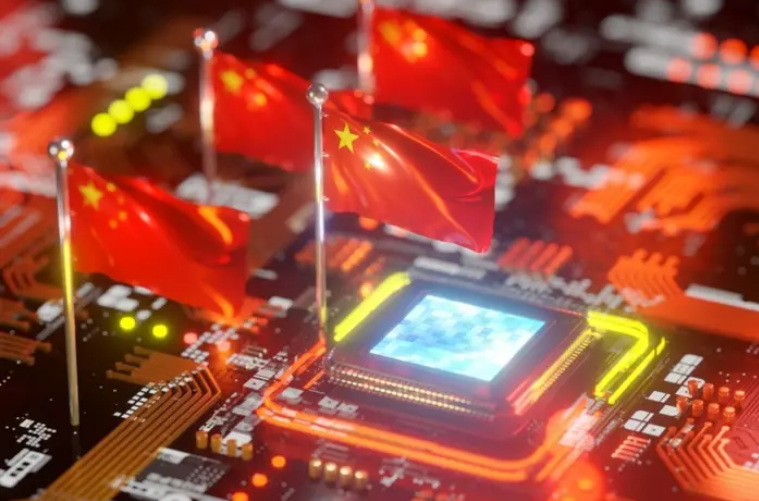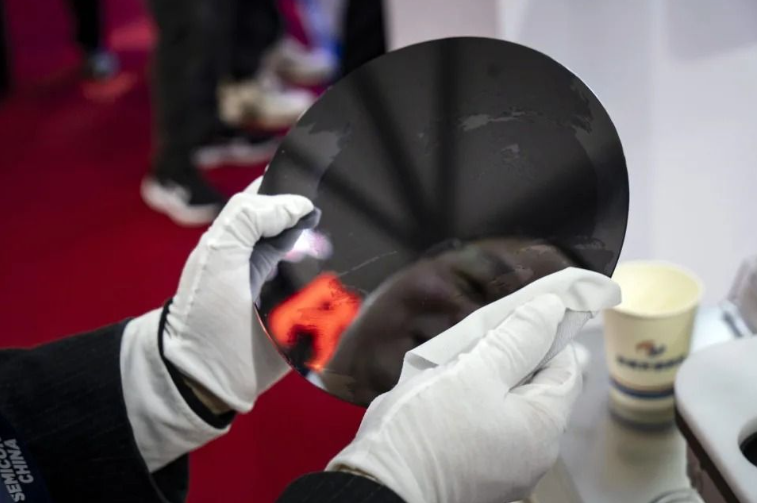
A state-funded lab in China has announced a breakthrough in chip-design technology. - SCMP
WUHAN (SCMP): A state-funded semiconductor lab in China said it has achieved a "milestone" in the development of silicon photonics, which could help the country overcome current technical barriers in chip design and achieve self-sufficiency amid US sanctions.
JFS Laboratory - based in Wuhan, capital of central Hubei province and a national base for photonics research - was able to light up a laser light source integrated with a silicon-based chip, the first time this was successfully done in China, according to a blog post published by the lab last week.
The achievement means that China has filled "one of the few blanks" in its optoelectronics technology, state media People's Daily reported on Friday.
Do you have questions about the biggest topics and trends from around the world? Get the answers with SCMP Knowledge, our new platform of curated content with explainers, FAQs, analyses and infographics brought to you by our award-winning team.
Silicon photonics rely on optical signals instead of electric signals for transmission. It aims to address the restraints imposed by current technology, as the transmission of electric signals between chips is approaching its physical limit, the lab said.
Established in 2021 with 8.2 billion yuan (US$1.2 billion) in government funding, JFS is one of China's key institutions tasked with pursuing technological breakthroughs.
Major players in the global semiconductor industry have devoted resources into advancing silicon photonics, which is believed to hold the future to making better chips for data and graphics processing, as well as artificial intelligence (AI). Still, businesses have faced challenges in translating scientific breakthroughs into commercial products.
Taiwan Semiconductor Manufacturing Company, the world's top contract chip maker, is one of the companies working on the technology. Its vice-president, Douglas Yu Chen-hua, last year said that a "good silicon photonics integration system" could address critical issues in energy efficiency and computing power in the AI era.
That development would bring about a "paradigm shift" in the industry, he said.
US chip design giants Nvidia and Intel, as well as China's Huawei Technologies, are also eyeing advances in silicon photonics. The global market for silicon photonics chips is expected to reach US$7.86 billion by 2030, up from US$1.26 billion in 2022, according to estimates by SEMI, an international semiconductor industry association.

A semiconductor wafer seen at an industry expo in Shanghai, China,. - Photo: Bloomberg
Silicon photonics may present an even bigger opportunity in China, where US export controls on advanced chip-making technologies have hindered the development of traditional semiconductors.
Silicon photonics chips can be produced domestically using "relatively mature raw materials and equipment" without relying on high-end extreme ultraviolet (EUV) lithography machines, unlike electrical chips, Sui Jun, president of Beijing-based semiconductor start-up Sintone, was quoted as saying by local media in 2022.
EUV machines, required for making advanced chips, are considered the Achilles' heel of the Chinese semiconductor industry, as domestic firms struggle to mass-produce such tools. Netherlands-based ASML, which holds a virtual monopoly on EUV machines, stopped exporting the equipment to China in 2019.
Silicon photonics could become "an emerging front in US-China tech competition", according to a report published by US think tank Centre for Strategic and International Studies (CSIS) in January.
"While the US-led export controls are likely setting back China's capabilities in the manufacture of traditional chips ... [they] could also inadvertently incentivise China to devote more resources to emerging technologies that will play an important role in next-generation semiconductors," Matthew Reynolds, a former economics programme fellow at the CSIS, wrote in the report. - South China Morning Post













